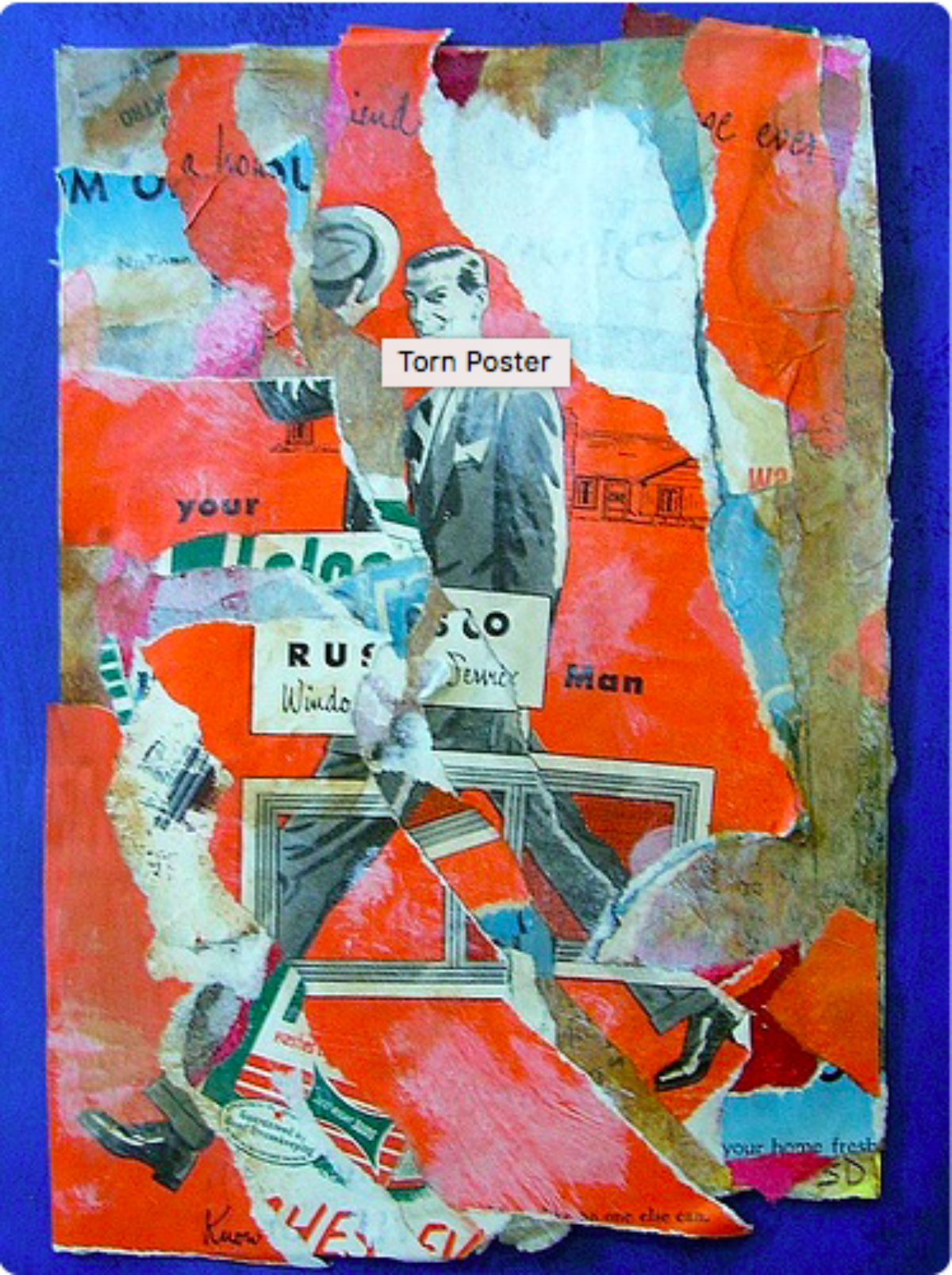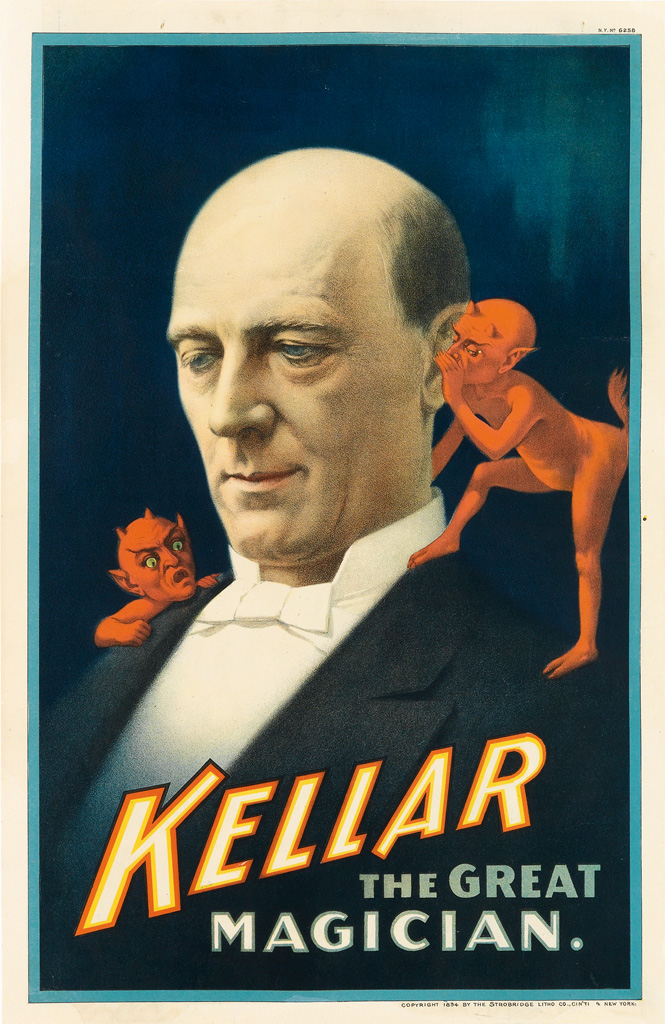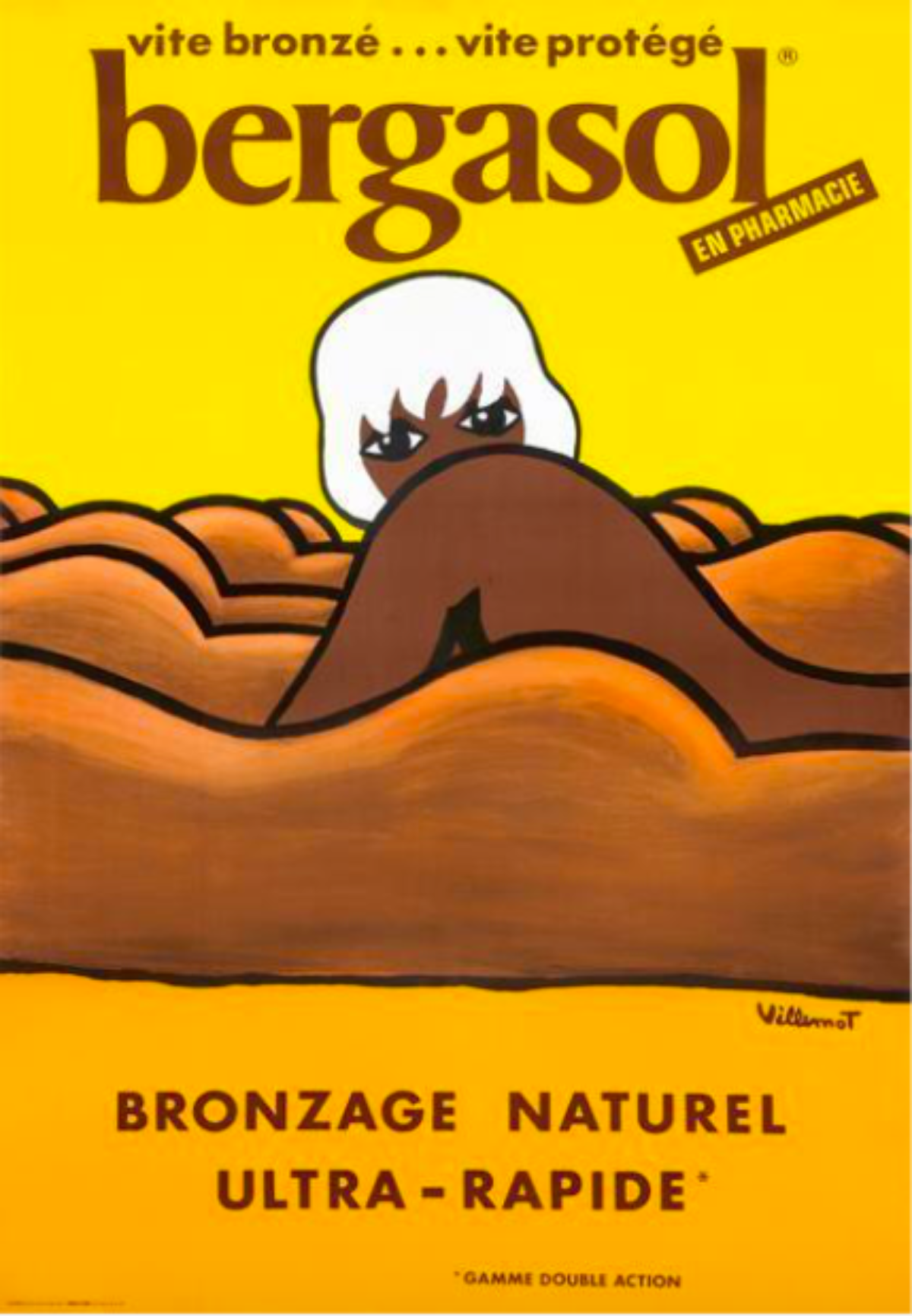
Price Your Poster: Pro Tips on Assessing Condition
.You’re at an antique shop. You see an awesome poster. The price tag says $500. Is this the deal of a lifetime or a major hustle?
First and foremost, you have to ascertain whether or not the poster is real. If it’s not the first printing, printed on that first day when the ad appeared on a wall, the price tag better be $20, because a reprint is only worth its decorative value and has absolutely no historic or resale value.
Of course, determining a real poster from a fake one is harder than you think. Plenty of experts, myself included, have been duped by excellent reproductions. There are, however, a few major tells to look for when inspecting a poster. If it’s framed, you need to take it out of the frame – because good fakes hide easily in frames.
First, look at the margins. Do you see any text in a language other than that in the poster? In other words, if it’s a French poster, do you see English in the printing information? If it’s American, do you see Japanese lettering? If so, it probably isn’t an original because posters, historically, are printed in their country of origin. Also, if you see a date in the margin that seems way off from when you presume the poster was printed, you’re probably looking at a reproduction.
Next, look at the way the ink is laid on the paper. If you can see little dots, like the kind you get when you print an image on an older computer printer, that means the image was created using photo-offset lithography. While that type of printing has existed for a long time, most advertising posters weren’t printed using that method until after World War I. Traditionally, you want to see smooth panels of ink that look like they were laid on the page in stages, even overlapping a little.
Finally, check the size. Almost all posters have been seen at auction, and you don’t need a account with any of the auction result websites, or even with the auction houses themselves, to see the dimensions of a previously-offered piece. Each vintage poster will vary from others in its print run by an inch or two here and there, but if your image is supposed to be 3” x 5”, and you’re looking at something the size of a FedEx envelope, you’re in trouble.
If all the above checks out and you’re pretty sure this poster is authentic, now you have to judge its condition. Condition can be the difference between a poster being worth $20,000 and $200 – literally. I once saw a copy of Mucha’s Bières de la Meuse – a poster when, in perfect condition, sells for between $25,000 and $35,000 at auction – in such poor condition that it could not be valued higher than $500, and that was generous.
Take your poster into harsh, raking light – preferably outside on a sunny day. Move it around. Do you see fold marks? Tears? Areas that look like paper was torn out and then pasted back in? Those are all flaws – and they’re fine, but they do detract from the value.
Next, run your hand over the poster. You don’t need gloves or anything too fancy – this isn’t a Rembrant. All poster dealers use their bare hands to feel the surface of the image. It’s hard to describe, but airbrushing (a common European method of restoration that is seamless and indiscernible to the naked eye) feels almost sticky, like dried rubber cement or hairspray on a mirror. It will also fluoresce if you put it under a blacklight – but not everyone carries a CSI kit with them to the antique store.
Now, take a good look at the colors. Are they vibrant? While there are a handful of artists, especially from the Art Nouveau period, that intentionally printed their posters in muted, almost pastel tones, most did not, and a poster should not look faded or dulled. You should also take this time to check out any white areas on the page. Some forgerers (or bad restorers) paint the paper to appear aged. If you can flake off paint to reveal stark white paper beneath, that’s a red flag.
Finally, go online. Check what the poster has sold for at auction, or if a reputable dealer has it for sale on their website. How far apart is the asking price where you are and the poster’s sale history elsewhere? With the dawn of the internet, few people are selling $20,000 posters for $500 – but you might be able to get a $1,200 poster for $500. And, of course, ask the dealer what their return policy is if you find out that the item isn’t original (provided that’s what s/he’s claiming) – most auction houses will gladly tell you if a poster is real.
Now go put your knowledge to the test!



